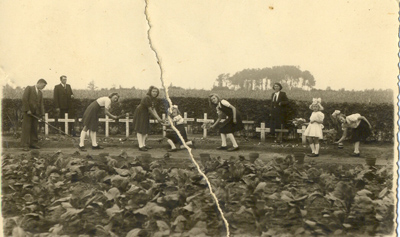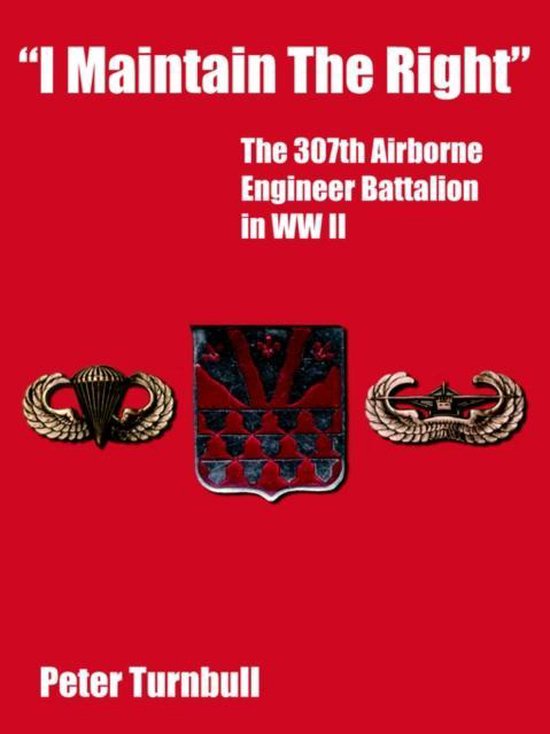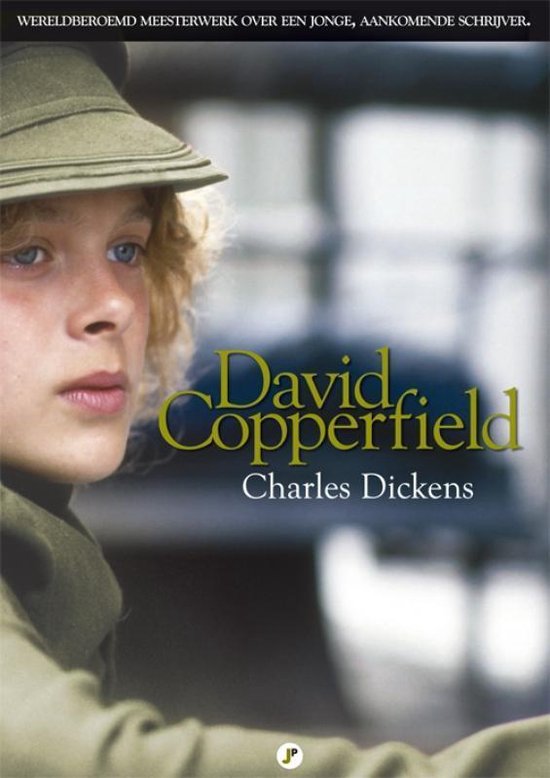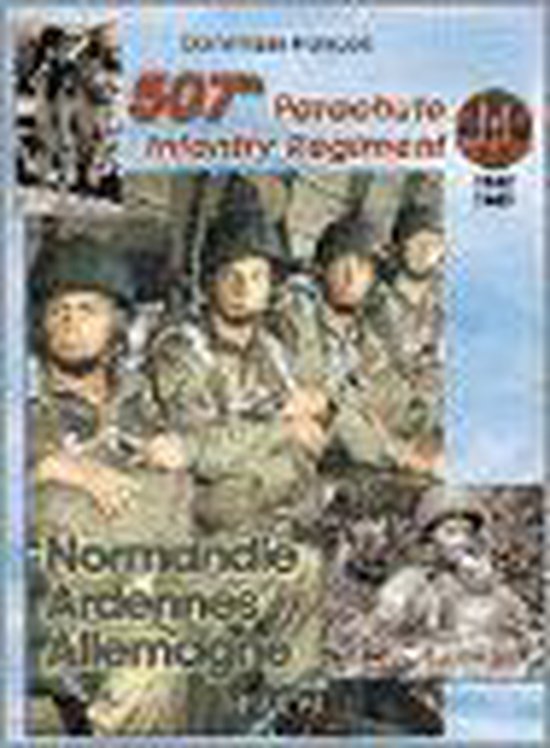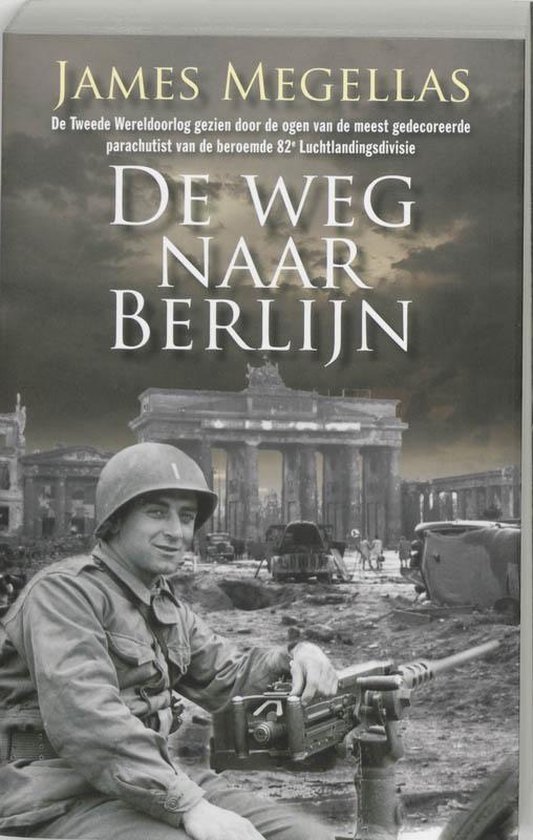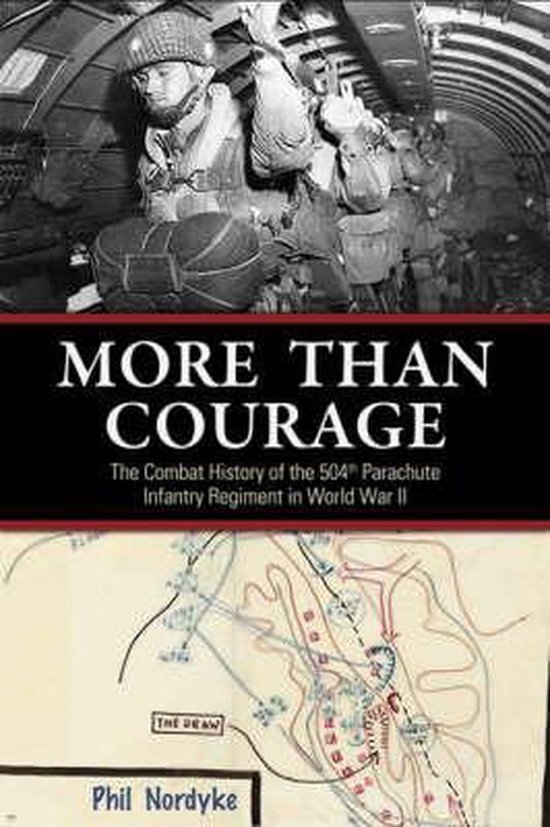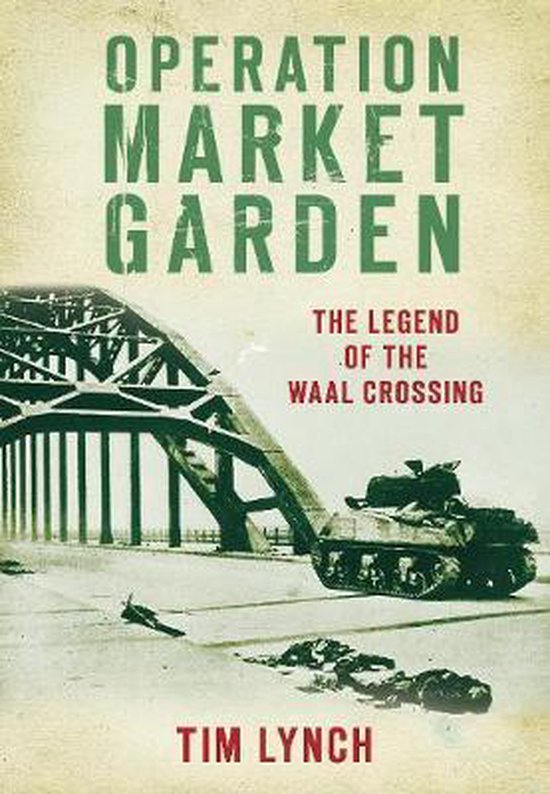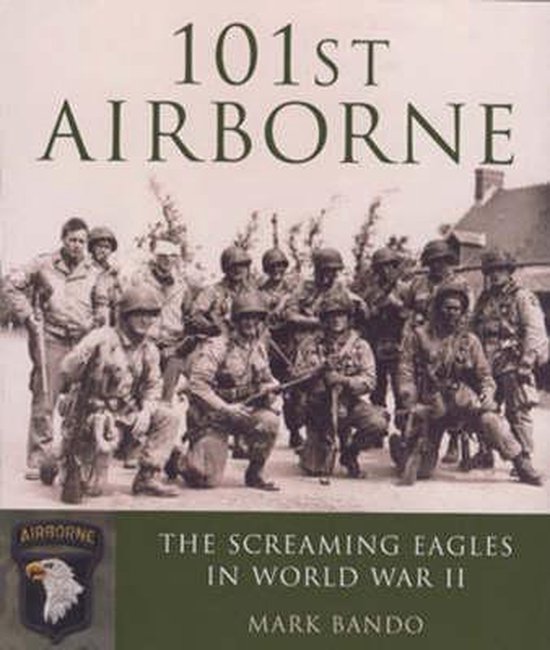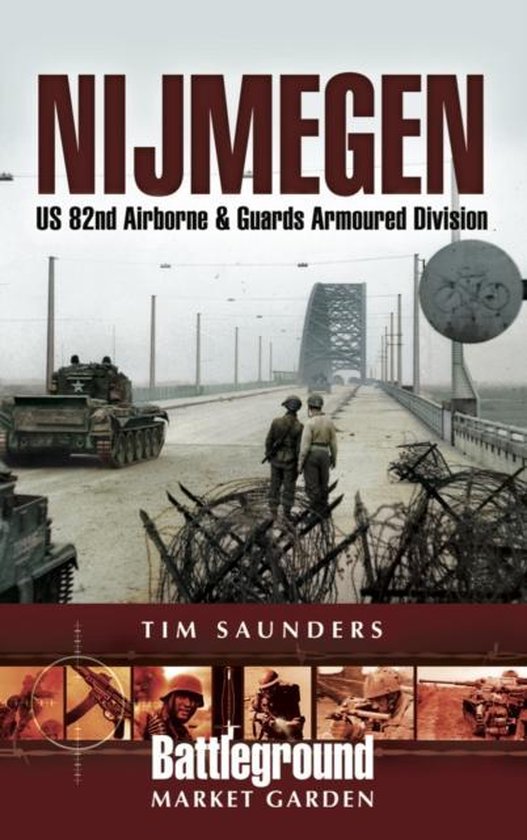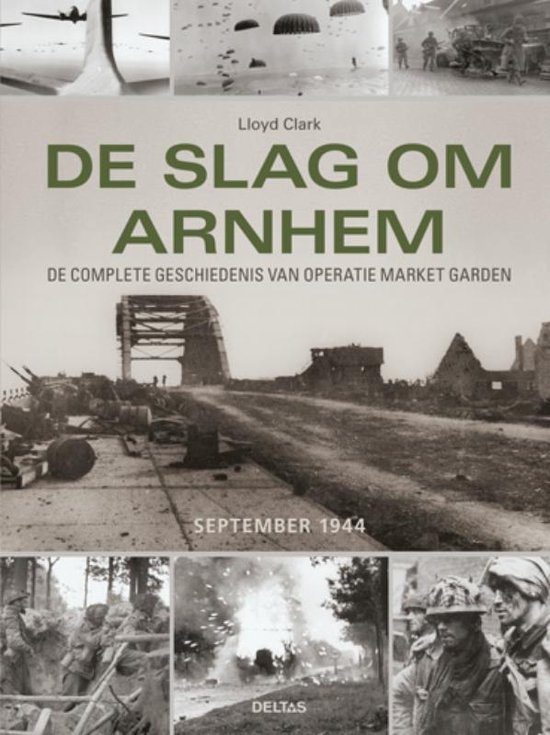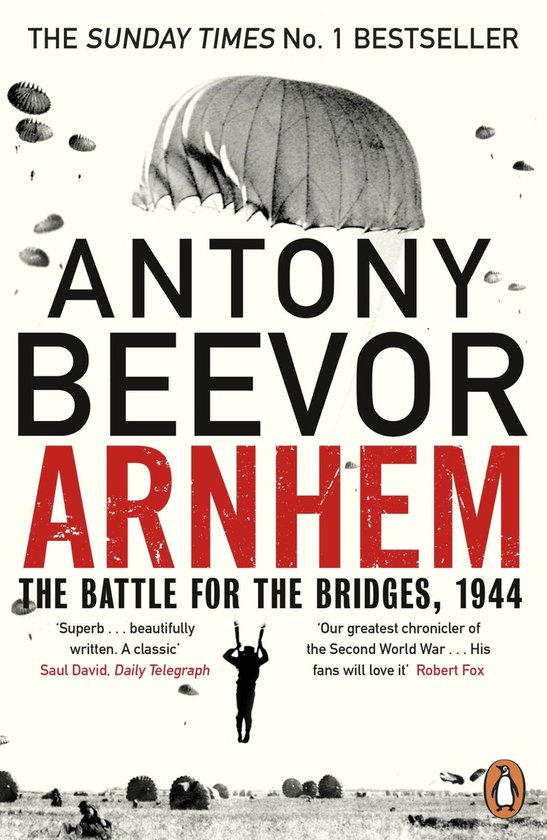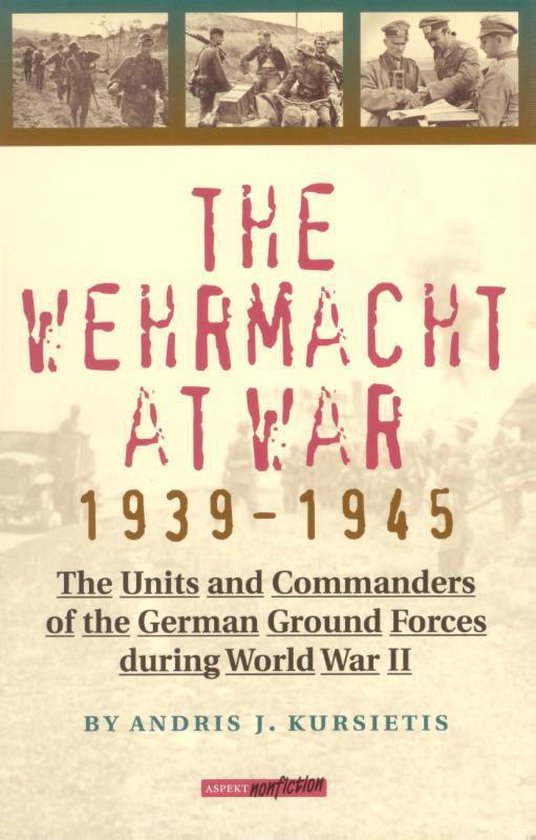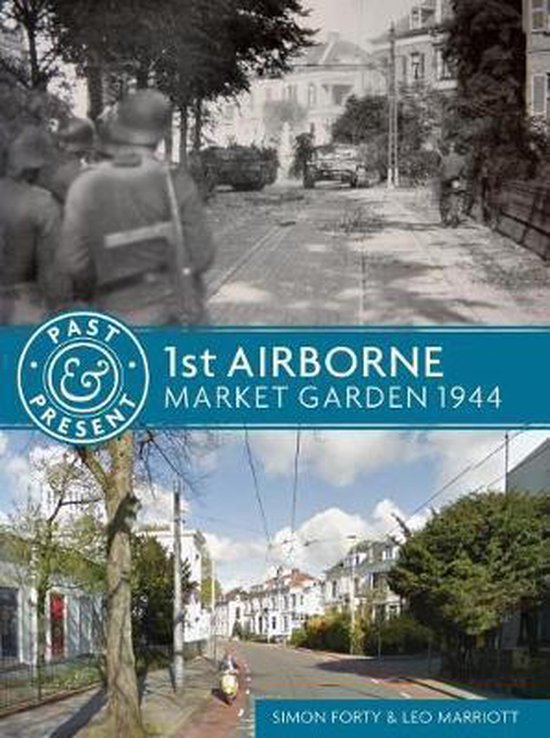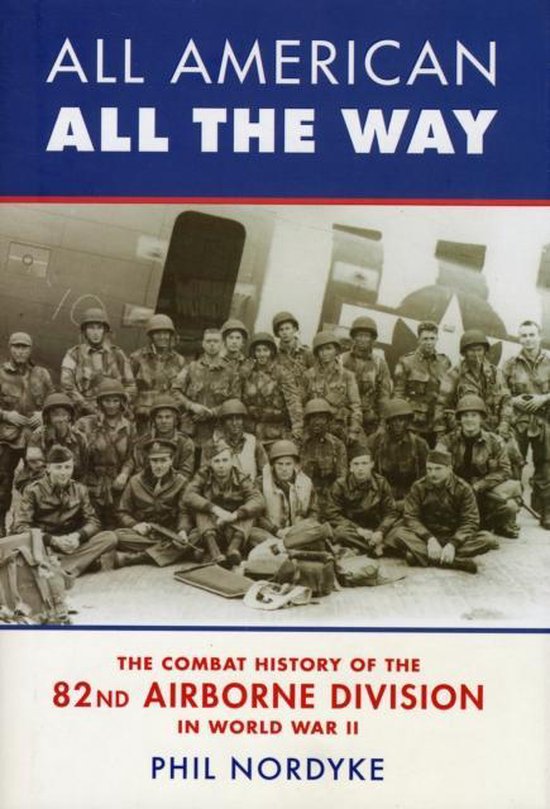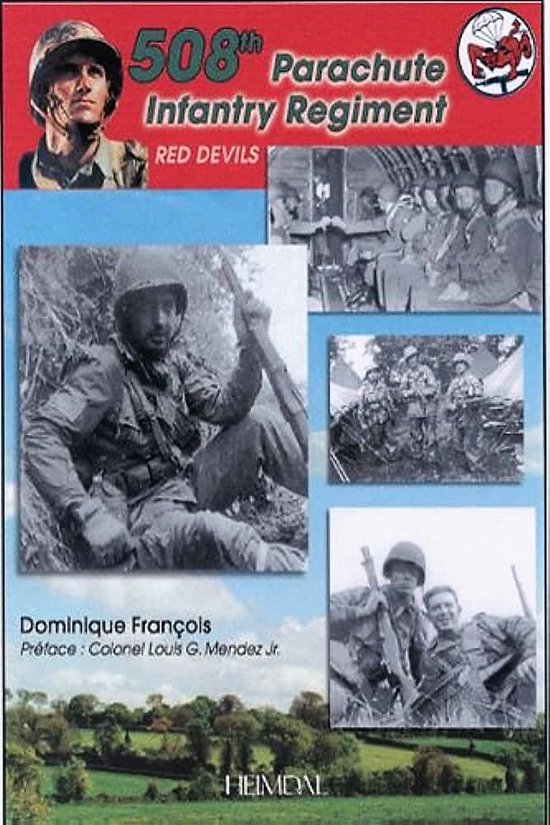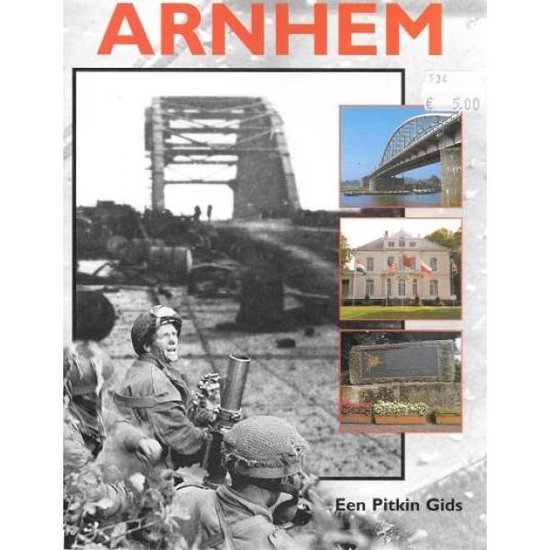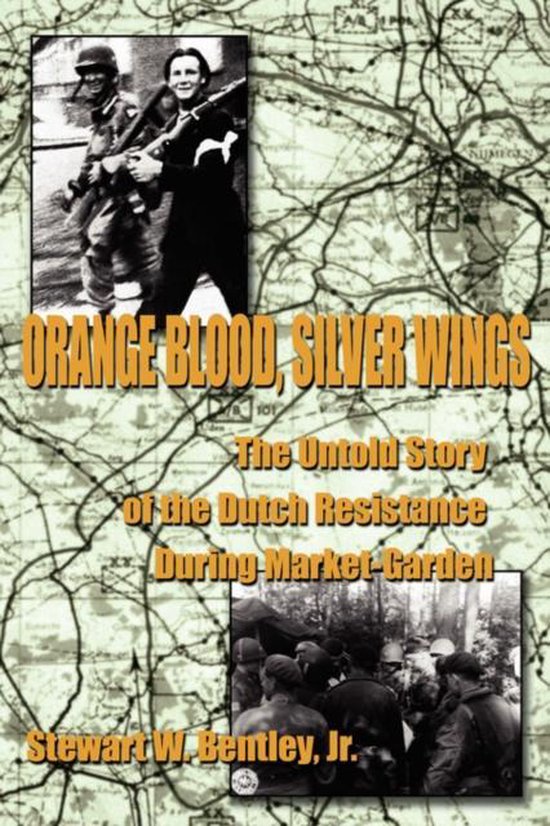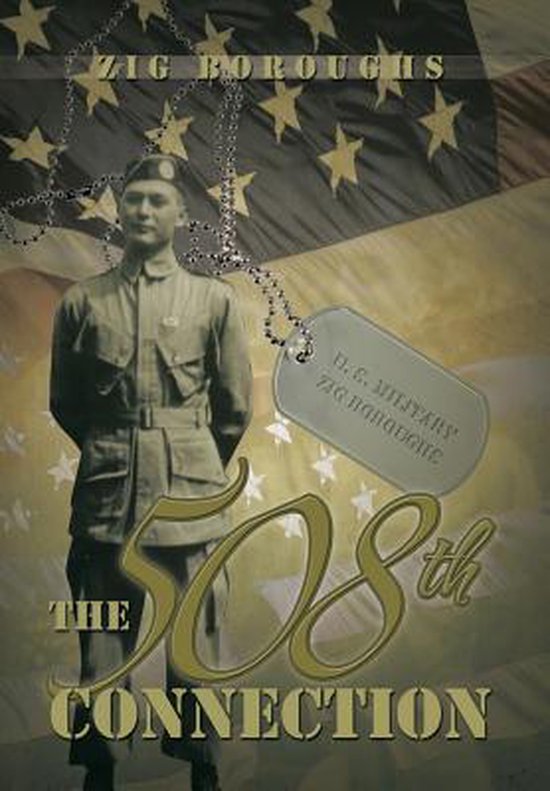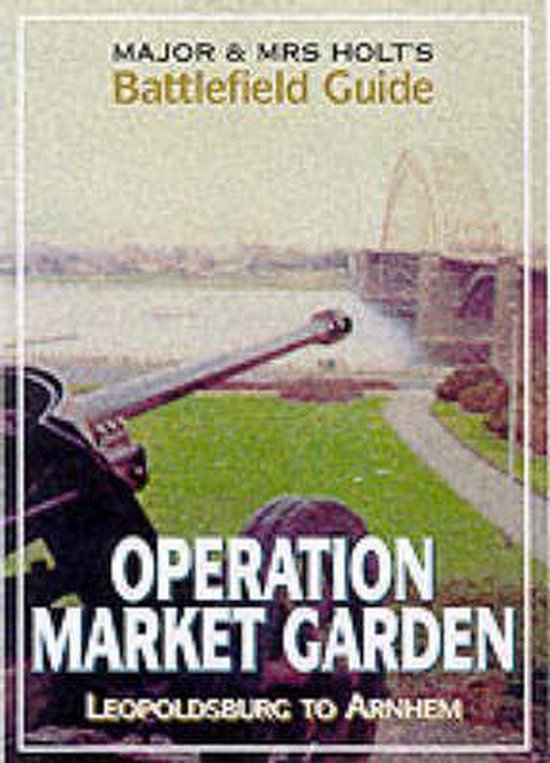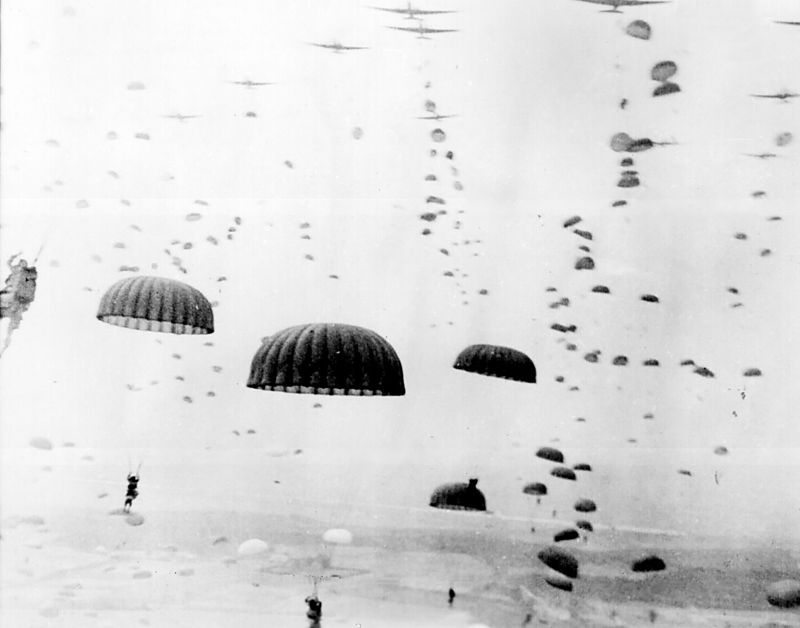Memorial Liberators Sint-Huibrechts-Lille
The liberation of Sint-Huibrechts-Lille (nowadays municipality of Neerpelt) of 19 September, 1944 has to be considered in the context of Operation Market Garden.
30 Corps of the Guards Armoured Division advanced across the non-demolished-bridge of Lommel-Barrier in the direction of Eindhoven, Sint-Oedenrode, Veghel, Grave, Nijmegen. Across the Dutch border they immediately faced heavy resistance at Valkenswaard. On the right hand side of 30 Corps the 8th British Corps was located which consisted out of the 3rd Infantry Division and the 11th Armoured Division. Their task was to cross the canal in Sint-Huibrechts-Lille in north by northeast direction and to advance consequently into the Netherlands.
9th Brigade and a squadron of 3rd Scouting Regiment arrived in the area on September 17th. 9th Brigade under the command of Brigade General Browne consisted of the 2nd Lincolns and the 2nd Royal Ulster Rifles. Both units executed the assault across the canal. They were supported by the 1st King’s Own Scottish Borderers (KOSB).
The 8th Brigade arrived on September 18th and was commanded by Brigade general Cass. The brigade consisted of the 2nd East Yorkshire, the 1st Suffolk Regiment and the 1st South Lancashire Regiment. Furthermore the 2nd Middlesex machine Gun Comapany, the Royal Corps of Signals, the Royal Engineers, the Royal Artillery and the 11th Armoured Division assisted in the liberation.
9th Brigade prepared the assault on September 18th. Little time remained as the attack was scheduled around midnight (in the night of 18 to 19 September) with two infantry companies of the Lincolns (east of the destroyed bridge at Fierkensheikant) and the Royal Ulster Rifles (west from the Jos Verlindenstraat). It would be difficult to utilize the attack boats as the canal is elevated above its surroundings and in front of it there is a creek.
KOSB would be assisting the unfolding and assembly of the attack boats. The boats for the Royal Ulster Rifles arrived just in time. At 11.45pm the artillery commenced its barrage which was immediately returned by German mortar precision fire. For the first time ‘artificial moonlight’ was used during this attack.
The Lincolns met the toughest resistance at the right hand side but all companies had crossed within a quarter of an hour. A house at the opposite site from the Lincolns had been set afire by the Germans (house Vlassak). The crossing took place under even stronger light by the high flames of house Stienaers when this was set alight, in spite of the fog which lasted until 10am.
Immediately the Pioneers started their job to construct a bridge with their floats and the Signalers theirs in order to establish the required communication.
The Royal Ulster Rifles commanded by Gaffkin advanced up to the railroad left of the Venderstraat and made a circumventing movement in the direction of Broekkant.
In the afternoon the 8th Brigade was ordered to cross the canal on the right hand side of the 9th Brigade. This crossing encountered heavier resistance than anticipated. The East Yorks found the A-Company involved in bitter fighting with a number of Germans who appeared to be officers in training: 32 SS Cadets surrendered. The companies dug in near the railroad and the next day on 20 September, 1944, Achel was liberated by the KOSB and Hamont by the Suffolk regiment.
The exact number of killed British soldiers is unknown but in the Batallion report of the Lincolns 70 dead and wounded soldiers are mentioned. In a document of the municipality 30 names of soldiers were listed that have been temporarily buried in the community. But also some of the killed soldiers were buried elsewhere or died several days afterwards. A number of the killed soldiers were temporarily buried alongside the canal at the Broekkant after their crossing. (photograph).
The monument was unveiled on Sunday September 19th, 2004, in the presence of the veterans of the Suffolk Regiment, exactly 60 years on the day, after the liberation. The monument, made out of freestone, symbolizes the V for Victory. (‘freedom’ and ‘liberty’ in Dutch are also written with a V).
On the memorial plaque the following text has been inscribed in both Dutch and English:
"In honour of those soldiers of the 3rd Infantry Division of the 2nd British Army engaged in the market garden operations and killed in battle for the liberation of Sint-Huybrechts-Lille on September 19th 1944.
Their supreme sacrifice shall be remembered, their commitment for freedom and peace never be remitted."
Do you have more information about this location? Inform us!
Source
- Text: François Joosten
- Photos: René Winters
Related books
Nearby
Museum
Point of interest
- Information Signs Simonspark - Achel (Hamont-Achel)
- Reconstruction Den Doodendraad Hamont-Achel - Hamont-Achel
- Bailey Bridge Bocholt - Bocholt
Monument
- Memorial Executed Civilians Sint-Huibrechts-Lille - Sint-Huibrechts-Lille (Pelt)
- Memorial Second World War Sint-Huibrechts-Lille - Sint-Huibrechts-Lille (Pelt)
- Memorial First World War Sint-Huibrechts-Lille - Sint-Huibrechts-Lille (Pelt)
Cemetery
- Belgian Graves Veterans Sint-Huibrechts-Lille - Sint-Huibrechts-Lille (Pelt)
- Belgian War Graves Sint-Huibrechts-Lille - Sint-Huibrechts-Lille (Pelt)
- Belgian Graves Veterans Achel - Achel (Hamont-Achel)
Fortification
- Bunker 18 Border Defence Bocholt-Herentals Canal - Pelt
- Bunker 17 Border Defence Bocholt-Herentals Canal - Pelt
- Bunker 19 Border Defence Bocholt-Herentals Canal - Bocholt

